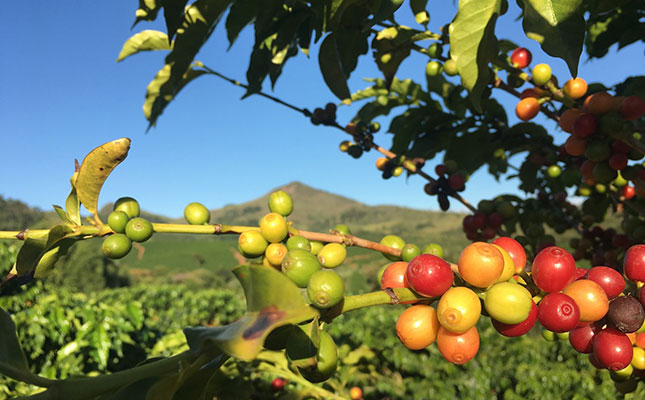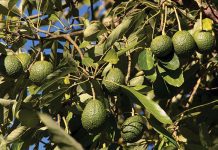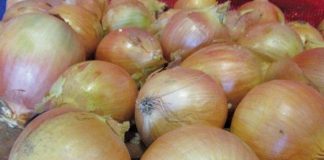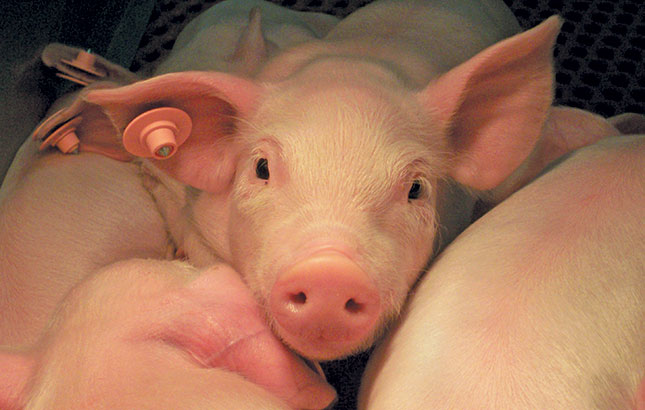
Photo: Pixabay
As the world’s largest grower and exporter of both coffee and sugar, the current soil moisture levels were expected to result in a larger sugar cane crop in Brazil’s centre-south region. As a result, higher production levels of sugar and ethanol were being forecast, according to analysts.
At the same, the wetter weather would result in larger coffee beans, and therefore farmers would need fewer beans to fill a bag.
Reuters reported that it was, however, “too late for trees to have an increase in the fruit load since that phase in the crop’s development has passed”.
The data was based on information from soil moisture active passive (SMAP) satellite maps that show moisture levels (in %) present in the top 1m of soil.
Refinitiv’s Agriculture Weather Dashboard showed that, for example, in the main sugar belt of Ribeirao Preto in Sao Paulo state, the humidity level was much higher than any of the previous six years for this time of the year.
“Conditions are very favourable for sugar cane development. We are having a typical summer climate with constant rain showers interspersed with sunshine,” agricultural weather firm Rural Clima said in a statement.
It was expected that Brazilian sugar mills would start processing the sugar cane a little earlier in 2023, in around March, as some sugar cane was left in the fields last year due to high volumes of rainfall in December, which also helped to boost moisture levels in the soil.
The soil moisture outlook for coffee is also very good, as was evident in the top coffee belt region of South Minas Gerais.
Rural Clima’s statement added that the extra humidity came at a good time for Brazil’s 2023 coffee crop, with fruit (and beans) gaining in size.
Jonas Ferraresso, an agronomist and adviser to several coffee farms in Sao Paulo and Minas Gerais states said, however, that the high humidity will not substantially change the expectation for the coffee crop, despite facilitating bean size.
The production potential for the 2023 crop had already been defined after the flowering last year, he told Reuters.
“The trees look good, the crop is healthy, but the amount of coffee on the trees is far from the record we saw in 2020,” he said.













